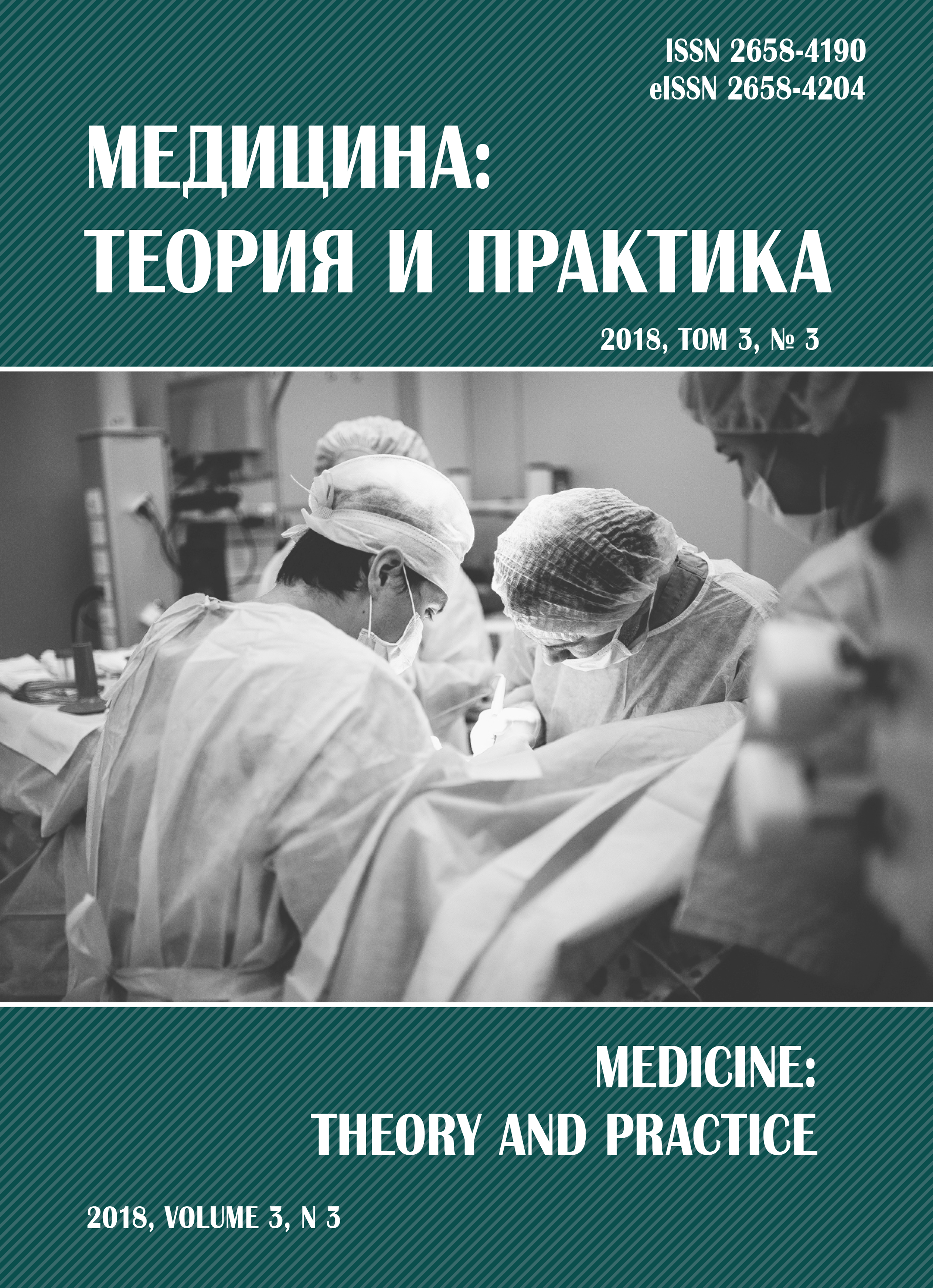DIAGNOSIS AND TREATMENT OF PANCREATIC CANCER THE CURRENT STATE OF THE PROBLEM
Abstract
The problem of treating patients with pancreatic cancer remains one of the most difficult in modern oncology. There is a steady increase in the incidence. At the same time, despite the improvement of diagnostic methods and surgical techniques, in the world statistics, mortality data also remain almost unchanged. Among all exocrine tumors of the pancreas, 95% are ductal adenocarcinoma, which has a more malignant course and a poor prognosis. This is reflected in the epidemiology of pancreatic head cancer in general. The main treatment for pancreatic head cancer is surgical. However, the tumor is potentially rezexlun only in 20% of patients. This is because pancreatic head cancer diagnoses in the later stages of the disease. The enormous importance of diagnostic imaging methods in the diagnosis at the early stage, preoperative staging, the definition of further tactics. In addition to x-ray and ultrasound techniques, biomarkers are in first place in the early diagnosis of pancreatic tumors and in determining the prognosis. Some of them have shown promising results in preclinical studies. A number of clinical studies has been conducted that indicate improved long-term results with the use of pancreatic resection and adjuvant chemotherapy. The effect of neoadjuvant chemotherapy continues to be studied, but to improve survival when it is introduced in patients with a high risk of R1 resection. Radiation therapy did not show a significant improvement in long-term results. At this stage, the search continues for optimal schemes of combined treatment. However, the prognosis remains serious, given the sometimes lack of sensitivity of the tumor to chemotherapy drugs. All this makes it necessary to continue the search in the diagnosis of pancreatic head cancer.



